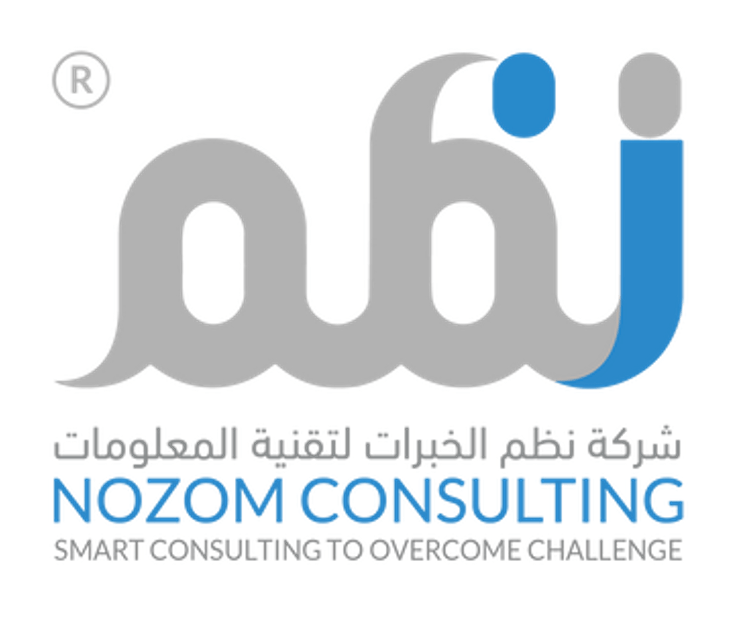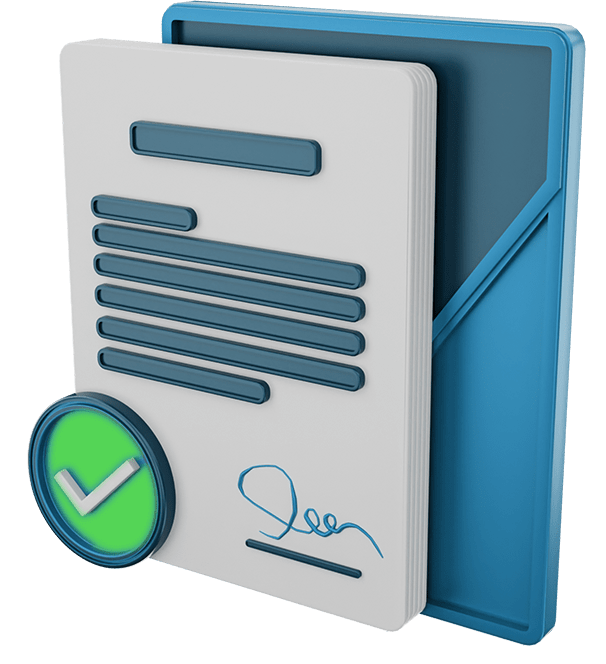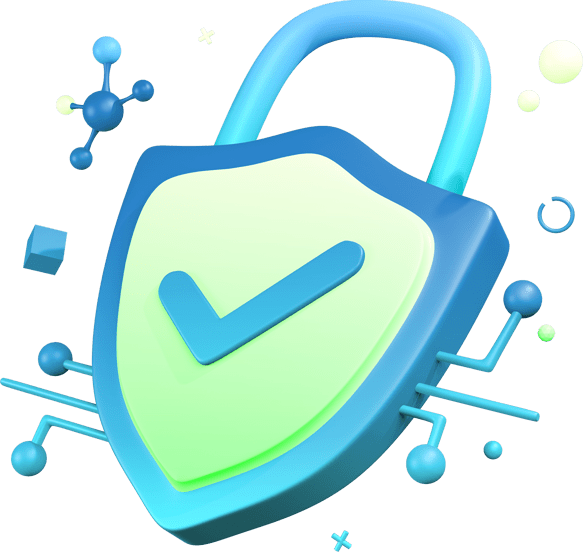Enterprise Architecture Strategy
Make architecture a strategy engine. We design the EA vision, principles, target state, and governance so your technology and process landscape delivers business outcomes—at pace and at scale.
Why It Matters
Most organizations carry technical debt, duplicated capabilities, and point solutions that slow change. A modern EA strategy anchors decisions in business capabilities, sets reference architectures, and runs a lightweight governance rhythm so investment flows to what creates value. Global practice centers on TOGAF® 10 (framework + modular guides) and ArchiMate® (a clear modeling language), while in Saudi Arabia, the Digital Government Authority’s NORA provides national guidance for public entities and influences EA maturity expectations.
How We Build an EA Strategy
- EA Vision, Mandate & Principles: Define why EA exists, where it creates value, and the non-negotiables (e.g., security-by-design, API-first, data-as-a-product). Ground this in TOGAF® 10 guidance and your sector’s priorities.
- Capability-Led Target State: Build a business capability map, value streams, and outcome metrics; identify heat-spots (duplicate apps, manual handoffs) and set the target architecture that realizes strategic goals. (Capability-based planning is a core EA practice.)
- Reference Architectures & Standards: Establish pragmatic patterns for integration (API/event-driven), data (governed domains), cloud (landing zones), security (zero-trust principles), and workplace platforms—documented in ArchiMate® views.
- Roadmap & Architecture Runway: Sequence initiatives into horizon-based releases, align with the portfolio/PMO, and manage technical debt and “keep/transform/retire” decisions as a product. (EA translates strategy into an execution path.)
- Governance that Accelerates (ARB): Stand up an Architecture Review Board and design-authority workflow that is fast and risk-based (guardrails > gates), with decision rights and exception handling—aligned to TOGAF® practice.
- Operating Model & Roles: Define EA services (standards, advisory, solution reviews, portfolio input), skills, and cadences; integrate with security, data, DevOps, and procurement so architecture is embedded—not an afterthought.
- Public-Sector Alignment (as needed): For government entities, align artifacts and maturity to NORA expectations (reference models, catalogs, and governance signals) to support accreditation and interoperability.
- Tooling Enablement: Select/shape EA tooling and repositories (metamodel, catalogs, roadmaps, standards library) with ArchiMate® viewpoints for stakeholders and links to portfolio tools.
What You Get
- Clarity: A written EA strategy (vision, mandate, principles) and a business capability map everyone can use to prioritize change.
- Blueprints that guide delivery: Target-state reference architectures and ArchiMate® views that make design choices faster and consistent.
- Executable roadmap: A sequenced, benefits-linked architecture roadmap integrated with the portfolio/PMO.
- Faster, safer decisions: An Architecture Review Board process that protects standards without blocking speed.
- Saudi alignment (when applicable): Evidence and artifacts that map to NORA for public entities and interoperability goals.









